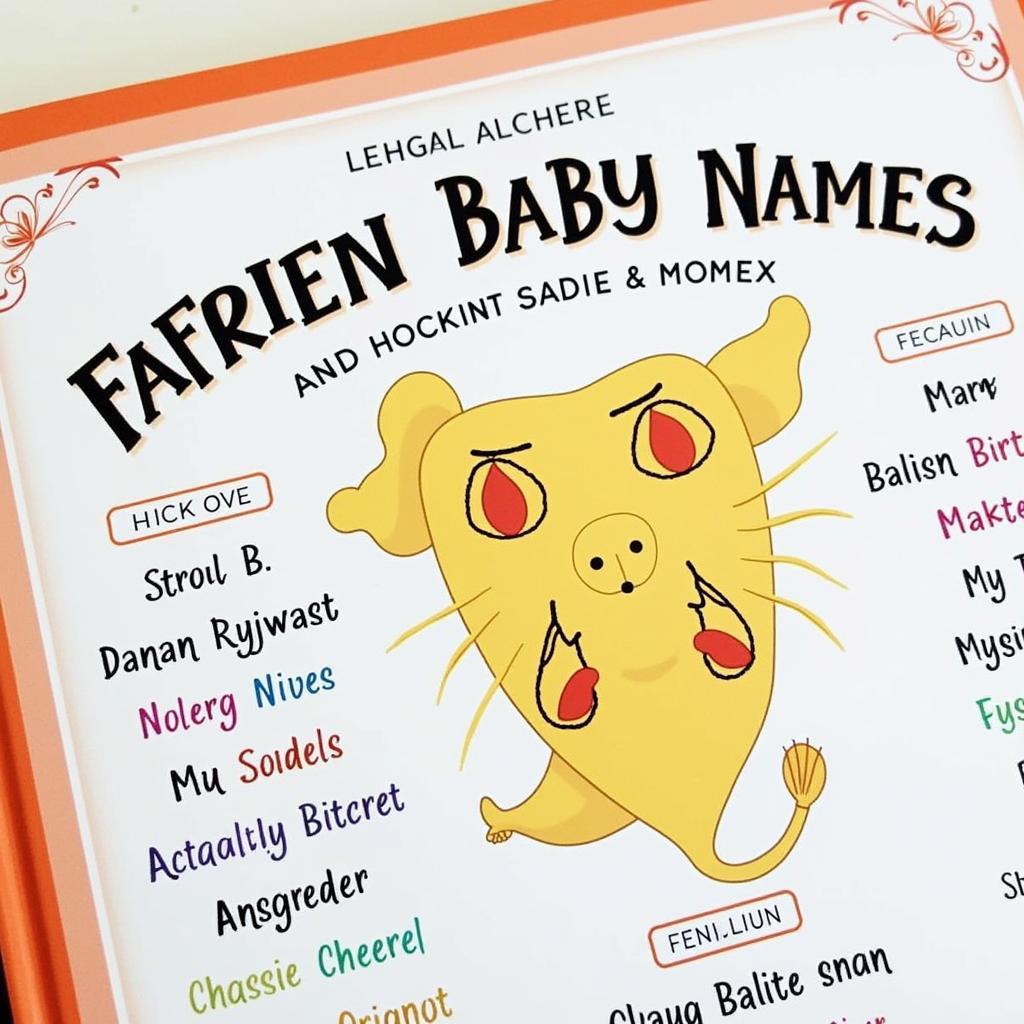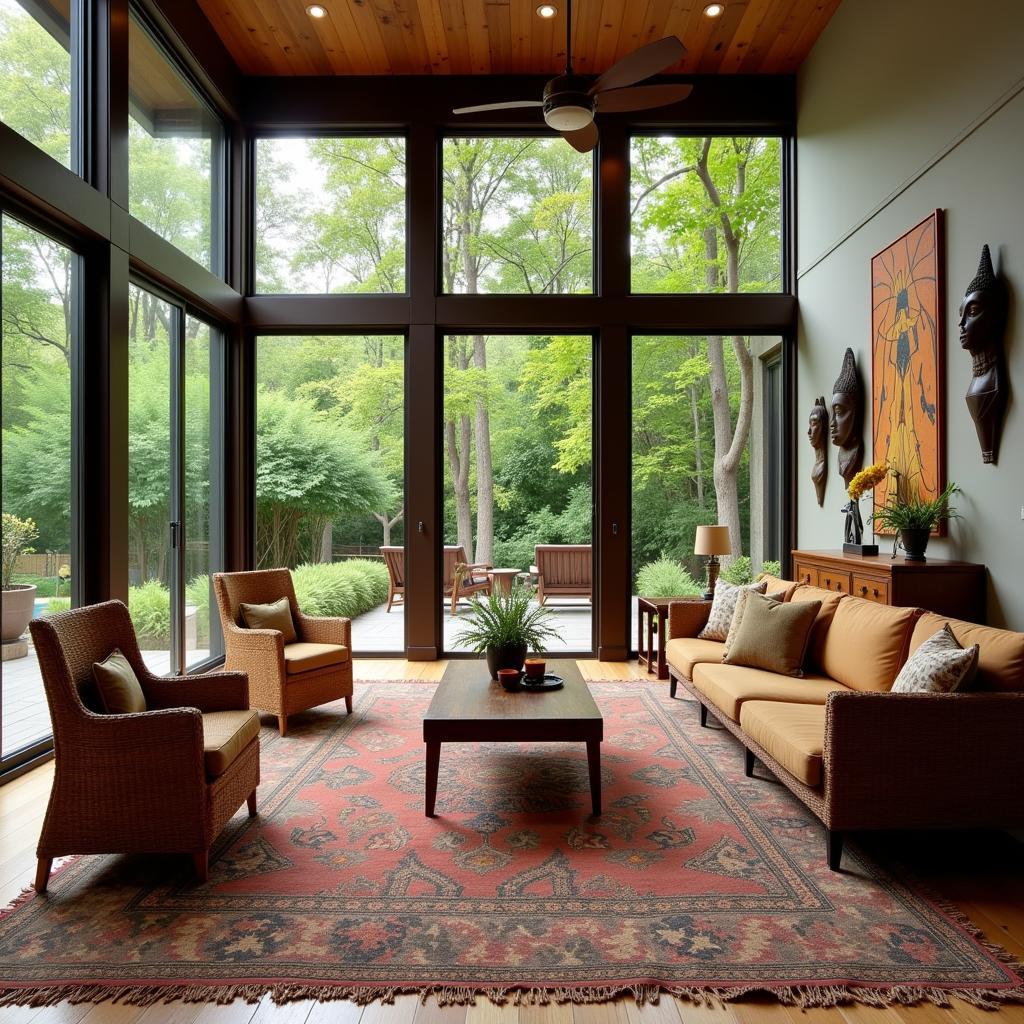The Alluring Sounds of the African Harp: A Cultural Journey
The African Harp, a captivating instrument with ancient roots, echoes the diverse musical landscape of the continent. More than just a musical instrument, it holds cultural significance, weaving through centuries of tradition, storytelling, and spiritual expression.
Unveiling the African Harp: A Symphony of Styles
While the term “African harp” might conjure a single image, it encompasses a vast array of instruments, each unique to its region. From the arched harps of West Africa to the bowl-shaped harps of Central Africa, the continent boasts an incredible diversity of forms and playing techniques. These instruments, crafted from local materials like gourds, wood, and animal skin, are often adorned with intricate carvings that reflect the craftsmanship and artistry of the various cultures.
The Kora: A West African Icon
One of the most renowned African harps is the kora. Originating from the Mandinka people of West Africa, the kora is a 21-string bridge-harp known for its complex melodies and virtuosic playing techniques. The kora is a prominent feature in the traditional music of countries like Senegal, Gambia, Mali, and Guinea.
Traditionally, kora players, known as jalimus, were griots—oral historians and storytellers responsible for preserving genealogies, historical narratives, and cultural knowledge through music and song. The kora, with its rich and resonant tones, became a powerful tool for transmitting these important stories from one generation to the next.
The Adungu: Uganda’s Lyrical Harp
In Uganda, the adungu holds a place of honor in the country’s musical heritage. This arched harp, with its distinctive curved neck and resonating gourd, produces a mellow, ethereal sound that has captivated listeners for centuries.
The adangu is traditionally played by men, often accompanying royal ceremonies and rituals. Its music is believed to have spiritual significance, connecting the players and listeners to a higher power.
Beyond the Kora and Adungu: A Tapestry of Sounds
The kora and adungu represent just a small fraction of the diverse world of African harps. Other notable examples include:
- Ennanga (Uganda): A six-stringed harp used to accompany royal songs and praise poetry.
- Ngombi (Gabon): A small, five-stringed harp used in traditional ceremonies and healing rituals.
- Mvet (Gabon): A bow-harp associated with the Fang people, known for its complex and highly stylized music.
Each of these instruments, with its unique construction, playing style, and cultural context, contributes to the rich and vibrant tapestry of African harp music.
The Role of the African Harp in Society
Beyond their musical significance, African harps play important roles in various social and cultural aspects of life.
- Storytelling and Oral Tradition: As seen with the kora, African harps are often used to accompany epic tales, historical narratives, and proverbs. The music enhances the storytelling experience, captivating audiences and ensuring the transmission of cultural knowledge.
- Rituals and Ceremonies: Many African harps are integral to religious ceremonies, healing rituals, and rites of passage. Their music is believed to have spiritual power, connecting people to the ancestral world.
- Social Gatherings and Celebrations: African harp music often plays a central role in social gatherings, festivals, and celebrations. The music brings people together, fostering a sense of community and shared heritage.
Modern Revival and Global Influence
While rooted in ancient traditions, African harp music is far from static. Contemporary artists are pushing the boundaries of the genre, experimenting with new sounds, techniques, and fusions. This has led to a resurgence of interest in African harp music, both within the continent and globally.
The influence of African harp music can be heard in various genres, including jazz, blues, and world music. Collaborations between African harpists and musicians from other cultures have further expanded the reach and appreciation of these beautiful instruments.
Conclusion
The African harp, in all its diverse forms, is a testament to the creativity, ingenuity, and cultural richness of the African continent. From the enchanting melodies of the kora to the ethereal sounds of the adungu, these instruments continue to captivate audiences, telling stories, preserving traditions, and bridging cultural divides. As we explore the world of African harp music, we embark on a journey of discovery, appreciation, and connection to the rich heritage of Africa.
FAQ
What is the most common African harp?
The kora, a 21-string bridge-harp from West Africa, is one of the most well-known and widely played African harps.
What is the African harp made of?
African harps are crafted from a variety of materials, including gourds, wood, animal skin, and metal strings.
What is the significance of the African harp?
African harps hold cultural and spiritual significance, playing roles in storytelling, rituals, ceremonies, and social gatherings.
Where can I listen to African harp music?
You can find African harp music on various platforms, including YouTube, Spotify, and specialized websites dedicated to world music. African drum music youtube offers a great starting point to explore various African music genres.
Other Questions
- What are the different playing techniques used on African harps?
- Who are some famous African harp players?
- How is African harp music evolving in the modern era?
Explore More African Culture
If you are interested in learning more about the rich and diverse culture of Africa, be sure to check out our other articles on African hair styles for men and African golden cat speed.
Contact Us
For any assistance or inquiries, feel free to contact us:
- Phone Number: +255768904061
- Email: kaka.mag@gmail.com
- Address: Mbarali DC Mawindi, Kangaga, Tanzania
Our dedicated customer support team is available 24/7 to assist you.

